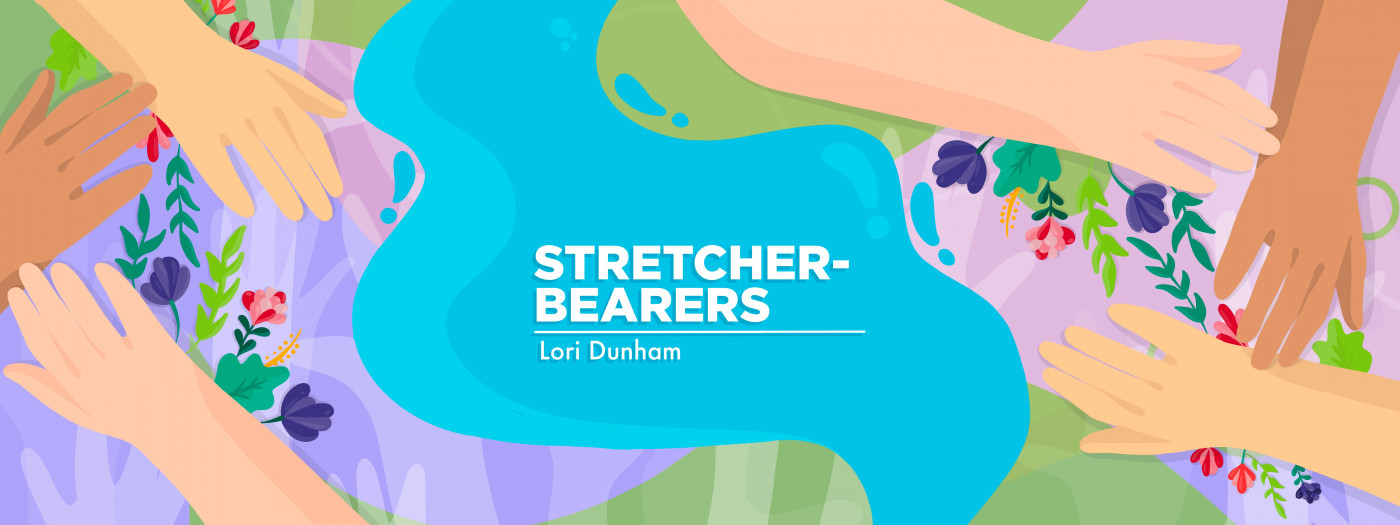By sharing our LEMS stories, we can help and encourage others
Columnist Lori Dunham chats with LEMS patient Kristina Patafio

So many people in this world live isolated lives. Add in a rare disease and we can feel very alone. I’m grateful that we in the Lambert-Eaton myasthenic syndrome (LEMS) community have one another. We come from all walks of life and live around the globe, yet despite our differences, we find common ground in the fact that all of our lives have been touched by LEMS. This community consists of more than friends; we’re family.
Kristina Patafio, who was diagnosed with LEMS seven years ago at the age of 50, is one such friend. She walks a similar road as our daughter Grace, who was diagnosed at 15. Kristina, a co-founder of the Lambert-Eaton LEMS Family Association from Staten Island, New York, was instrumental in encouraging me during some of our darkest days.
My hope is that you will be encouraged, too, as you read her story and hear how she has reclaimed her life after LEMS stole big pieces of it. Excerpts of a recent conversation we had follow.
LD: When did you first notice symptoms of LEMS?
KP: My first symptoms were barely recognizable, so I didn’t really compute that there was anything wrong. Looking back, I now realize I was extremely tired and needed naps all the time, which is unlike me. I noticed one eye drooping when I was applying my makeup. However, I didn’t think these things were anything to worry about.
My first real noticeable symptoms were an extremely dry mouth, a metallic taste in my mouth, double vision, impaired speech, and losing the ability to walk.
When were you diagnosed?
I was admitted to the hospital in September 2017 because my health declined rapidly. I was there for a month while doctors performed multiple tests. When they found voltage-gated calcium channel antibodies [which are associated with LEMS], they did an electromyography [EMG] that resulted in a false negative due to all the steroids they were giving me. They told me I had developed the antibody but not the disease.
But in February 2018, I had another EMG that confirmed I had LEMS.
How did the diagnosis change your life?
The initial onset of LEMS turned our world upside down. We had no idea what was happening to my body. My health declined so quickly that we thought I wouldn’t live. The symptoms were debilitating, and there seemed to be no hope.
Additionally, we are a two-income household and now barely one of us was working because my husband had to stay with me in the hospital to advocate for me. When I finally came home, my husband had to quit his job because I was falling often and he couldn’t leave me alone. I was unable to drive, cook, or clean. Working was out of the question. Financially, we were a mess, and there was no hope at the time for recovery.
Has anything good come from LEMS entering your life?
LEMS has definitely changed who I am. My husband and I vowed to give back if and when I was able to get better. We find ways to do that by helping other patients or just contributing any way we can.
My recovery lasted more than a year and a half. During that time, I had a lot of time to reflect on things in life that are important and those that are not. The way I was hit with this disease is something that always stays in the forefront of my mind. I no longer take things for granted. Now I know that life is a privilege. Life is good, and going through this LEMS journey reminds me of that.
What would you tell someone newly diagnosed with LEMS?
My advice to anyone going through this rare disease is to keep positive people around you, get a good support system, accept the help that so many people want to give, and never give up. Everyone is different, and there are many treatments to try that can help improve your daily life. It is hard, but take one day at a time and don’t be too hard on yourself.
How are you managing today?
I’m managing very well. I take Firdapse (amifampridine) and do Rituxan (rituximab) infusions every seven months. Additionally, I see a nutritionist and functional medicine doctor to help me with foods I shouldn’t eat and to fix what my body is lacking in vitamins and minerals.
I manage my usual routine of cleaning, cooking, and doing all the things to keep the house running. On days that I feel tired, I listen to my body and give myself a break. I am able to work full time again. I ride my bike outdoors, and I go for long walks. Finally, I am always mindful that I can try something else to see if it makes me feel better than yesterday.
Note: Lambert-Eaton News is strictly a news and information website about the disease. It does not provide medical advice, diagnosis, or treatment. This content is not intended to be a substitute for professional medical advice, diagnosis, or treatment. Always seek the advice of your physician or other qualified health provider with any questions you may have regarding a medical condition. Never disregard professional medical advice or delay in seeking it because of something you have read on this website. The opinions expressed in this column are not those of Lambert-Eaton News or its parent company, Bionews, and are intended to spark discussion about issues pertaining to Lambert-Eaton myasthenia syndrome.








Leave a comment
Fill in the required fields to post. Your email address will not be published.